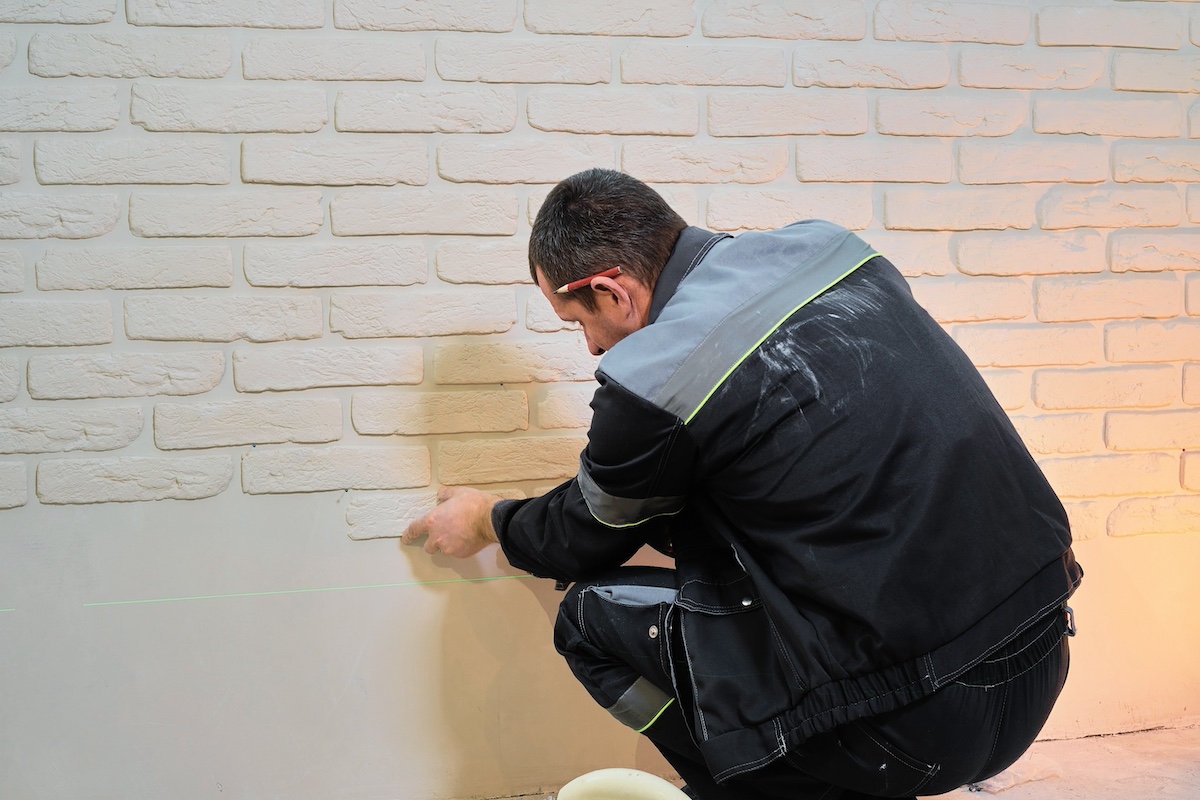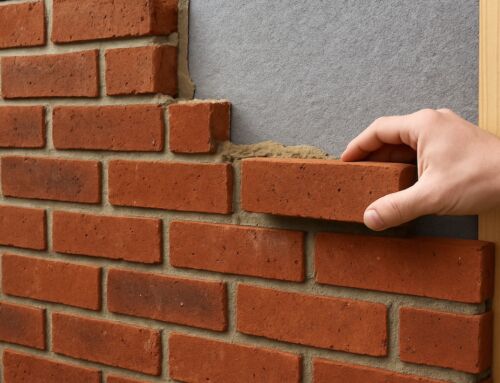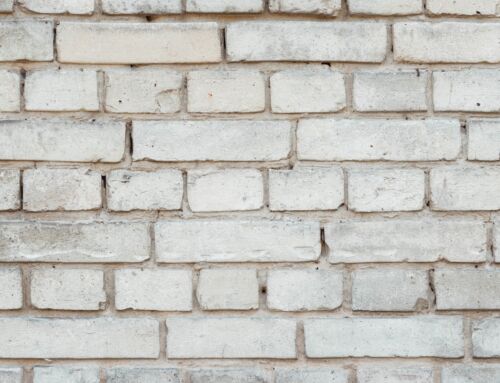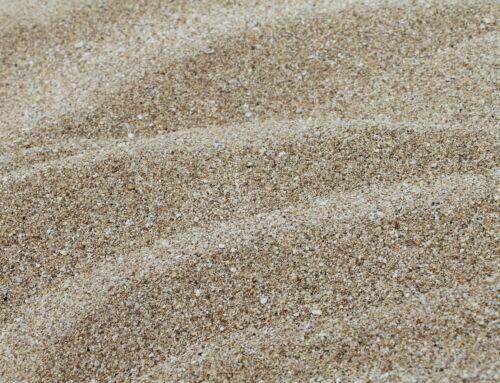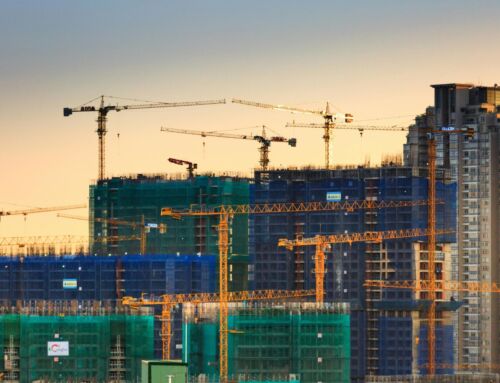Maintaining the structural integrity of brick or stone masonry is crucial for both residential and commercial properties. A key technique in masonry maintenance is tuckpointing, which enhances a building’s durability and improves its visual appeal.
This guide will cover everything you need to know about tuckpointing, including the process, benefits, costs, and why it’s important for commercial properties. Whether you own a historic building, a modern structure, or a commercial property, understanding tuckpointing can help you make informed decisions about your building’s care.
Understanding Tuckpointing
What is Tuckpointing?
Tuckpointing is a technique used in masonry to repair or replace damaged mortar joints between bricks or stones. The process involves applying fresh mortar that matches the original structure’s appearance, making the masonry look almost seamless. This method is different from other types of masonry repair, such as repointing, as it aims to create a precise, neat look by using contrasting colors in the mortar.
The History of Tuckpointing
Tuckpointing originated in England in the 18th century, designed to imitate fine brickwork using precision mortar lines. The technique became popular because it allowed buildings to appear freshly built and well-maintained. Today, tuckpointing remains a valuable maintenance practice, especially for historic structures and commercial properties where aesthetics and durability are key.
The Tuckpointing Process
Step-by-Step Breakdown
- Assessment: Inspect the masonry to identify deteriorating or missing mortar.
- Preparation: Remove damaged mortar carefully to create clean joints for new mortar application.
- Mixing New Mortar: Prepare a mortar mix that matches the color and texture of the original mortar.
- Application of New Mortar: First, apply a base layer of mortar to fill gaps. Then, use a second layer to create the distinct, contrasting lines that give tuckpointing its characteristic look.
- Finishing Touches: Allow the mortar to set properly, ensuring a strong and seamless finish.
Tools and Materials Needed
For quality tuckpointing, masons use specific tools, including a pointing trowel, joint raker, tuck irons, and color-matching mortar. Each tool plays a role in ensuring accuracy and a polished look, especially when working on commercial properties with large surfaces and precise requirements.
How Long Does Tuckpointing Take?
The time required depends on the area being repaired, the level of damage, and the building type. For small sections, tuckpointing can take a few hours, while large-scale projects on commercial properties may require several days or even weeks, particularly if precision is needed to maintain a uniform appearance across the building.
Benefits of Tuckpointing
Structural Integrity
Tuckpointing strengthens masonry by reinforcing the joints and preventing moisture from penetrating. In commercial properties, this added durability protects the structure from costly water damage, keeping the building safe and functional.
Enhanced Aesthetics
With tuckpointing, the masonry looks clean and well-maintained, as if the structure were newly constructed. For commercial buildings, a fresh appearance helps convey a professional image, attracting clients and boosting the property’s value.
Increased Property Value
Tuckpointing is a valuable investment in property maintenance. By preserving the structural and visual appeal of masonry, it contributes to maintaining or even increasing the property’s value—especially important for commercial buildings that serve as business assets.
Improved Energy Efficiency
Sealed mortar joints improve insulation by preventing drafts and water leakage. For large buildings and commercial properties, this can translate into significant savings on heating and cooling costs.
When Do You Need Tuckpointing?
Signs of Damage
To keep masonry in top shape, look out for these signs:
- Cracked or crumbling mortar.
- Visible gaps between bricks or stones.
- Water damage or moisture accumulation.
- Loose or shifting bricks.
For commercial properties, early signs of masonry damage should be addressed to avoid potential liability issues and costly repairs.
Regular Maintenance vs. Emergency Repairs
Periodic inspections can reveal small issues before they worsen. Scheduling regular tuckpointing ensures that the masonry remains strong and intact, helping to extend the life of the building and avoid more extensive repairs.
Tuckpointing vs. Repointing: Key Differences
Differences in Technique
Tuckpointing involves two colors of mortar to create a polished look while repointing simply replaces old mortar with new mortar without a design aspect. Both techniques strengthen the masonry, but tuckpointing provides a more refined appearance that’s often preferred for visible areas of commercial properties.
Choosing the Right Option
Tuckpointing is ideal for situations where aesthetics are essential while repointing is suitable for minor repairs where appearance is less of a priority. For commercial properties, tuckpointing can ensure that buildings remain visually appealing as well as structurally sound.
Cost of Tuckpointing
Factors Influencing Cost
The cost of tuckpointing can vary based on factors such as:
- The size of the area requiring repair.
- The height and accessibility of the building, particularly for commercial properties.
- The mortar color and type of materials needed.
Average Cost Estimates
- Small Repairs: $5 to $10 per square foot.
- Large Commercial Properties: Costs can range from $10,000 to $50,000 depending on scale and detail requirements.
Budgeting Tips
To manage costs effectively:
- Obtain multiple quotes from reputable contractors.
- Schedule regular maintenance to avoid costly emergency repairs.
- Choose a contractor experienced in commercial tuckpointing to ensure quality.
DIY Tuckpointing vs. Hiring a Professional
Pros and Cons of DIY
DIY tuckpointing may seem cost-effective, but it requires specialized tools and knowledge. Small DIY repairs might be manageable for homeowners, but for commercial properties or extensive damage, professional services are recommended to ensure durability and accuracy.
Benefits of Hiring a Professional
Professionals ensure that the job is done correctly, using the right materials and techniques. For commercial properties, expert tuckpointing is essential to maintain building safety standards and comply with building codes.
Common Mistakes in Tuckpointing and How to Avoid Them
- Using Incorrect Mortar: Using incompatible mortar can weaken the masonry.
- Poor Color Matching: Inconsistent color can affect the building’s appearance, especially in commercial settings.
- Skipping Surface Preparation: Properly preparing the wall ensures better adhesion and a longer-lasting repair.
- Ignoring Building Codes: Failure to comply with local regulations, particularly for historic or commercial properties, can lead to fines and safety issues.
FAQ
What is the average lifespan of tuckpointing?
With quality materials and proper care, tuckpointing can last between 20 and 30 years.
How often should tuckpointing be done?
It depends on the exposure to weather and wear. Regular inspections are recommended every 5-10 years.
Is tuckpointing necessary for all brick buildings?
While not mandatory, it’s highly recommended for structures exposed to harsh weather, particularly for commercial properties that need both durability and visual appeal.
Can tuckpointing fix structural issues?
Tuckpointing can prevent further structural issues but is not a substitute for major structural repairs.
Conclusion: Preserve Your Commercial Property with Dixon Inc.
For over 20 years, Dixon Inc. has specialized in providing high-quality masonry repair, facade restoration and tuckpointing services for commercial properties across the region. Our expert team understands that your building’s appearance and durability are vital to your business’s success.
With meticulous attention to detail, we ensure that each tuckpointing project meets the highest standards for structural integrity and visual appeal. By choosing us, you’re investing in a trusted partner dedicated to preserving your property’s value and enhancing its aesthetic for years to come.
Let our team help you keep your commercial property looking its best. Contact Dixon Inc. today to learn more about our comprehensive masonry and tuckpointing services.

